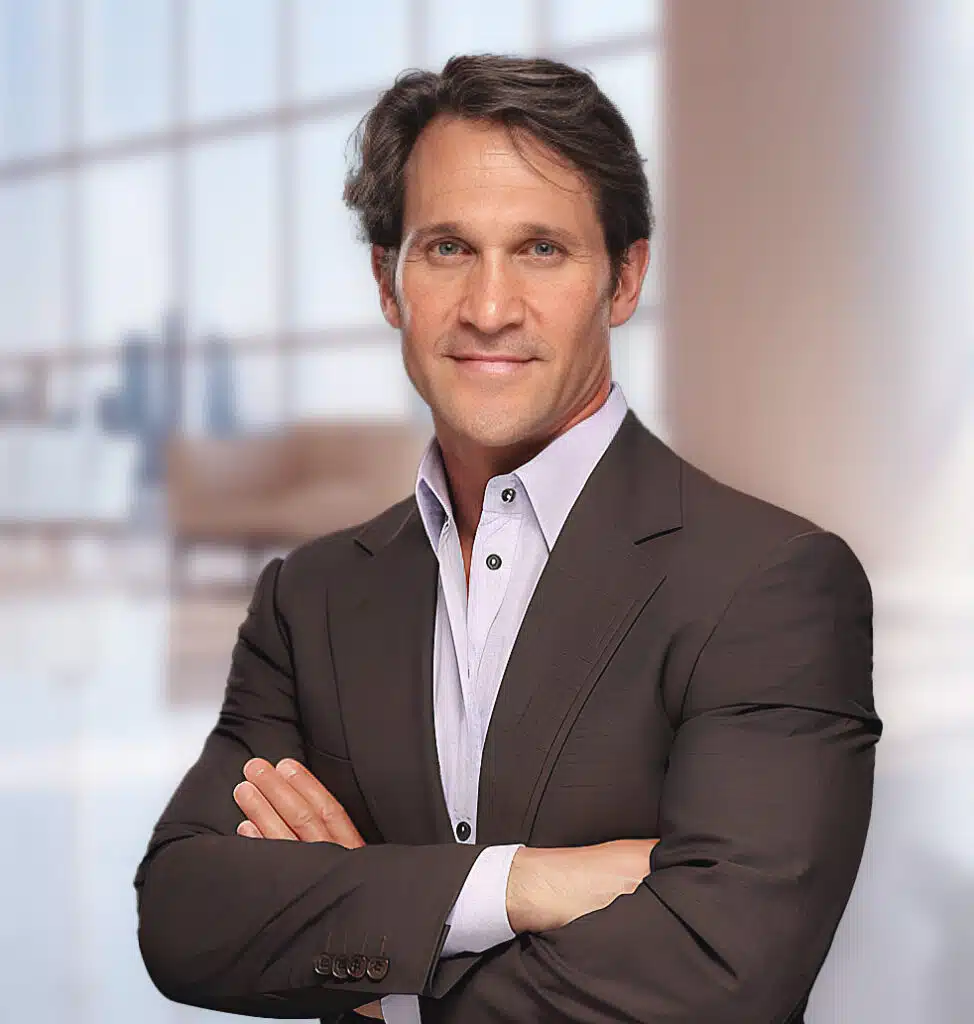
Best Strategies to Reduce Post-Facelift Swelling
When it comes to facial surgery, post-operative swelling can cause a lot of discomfort. While most patients experience a very minimal amount of pain, it can be uncomfortable to feel tightness and swelling around the mouth, chin, and jaw. While these responses are the natural way that the body responds to change, you don’t have to suffer your post-facelift symptoms in silence. With these go-to tips to reduce swelling, you can have a smooth and easy recovery following your facelift surgery.
Pay Attention to Post-Operative Instructions
During your consultation, your facial plastic surgeon will go over your after-care instructions to help you make sure your incisions heal well and your recovery starts off smoothly. Skipping any of your surgeon’s instructions could cause major setbacks to your healing process, often causing additional swelling, pain, and discomfort. Go over your post-operative care checklist with your Facelift cosmetic surgeon in Beverly Hills plastic surgeon to make sure you are doing everything you can. These instructions will likely appear on your list:
- Leave your bandages alone unless you are instructed to remove them or change them. Follow your care instructions closely to keep the area sterile and help prevent infections (which add to swelling).
- Eat foods that are easy to chew, since prolonged chewing can cause extra swelling during the recovery period.
- Take all medications prescribed by your doctor as directed.
- Skip out on strenuous exercises and other vigorous activities, which can increase blood flow to the head and create pressure and swelling. These activities include heavy lifting, bending over, and straining your body in any way.
Stay Away From Heat to Reduce Swelling
There’s a reason we use cold compresses to help heal a stubbed toe or bruised elbow: the extreme cold helps fight inflammation and constrict the blood vessels. Not only does cold help suppress swelling, but it can help numb the nerve endings in the area and reduce pain and discomfort. Heat, on the other hand, does quite the opposite when it comes to the healing process. In fact, heat sources can increase blood flow to the area and the amount of swelling that may result.
After your facelift surgery, you should avoid sitting too close to lamps, discontinue the use of indoor sun lamps, and stay out of the heat for up to six weeks.If your procedure is performed in the summer months, stay inside by your air conditioner.
If it’s wintertime, keep the heat on a lower setting to avoid overheating yourself as you try to rest and recover.
Give Your Face a Reason to Chill
As previously mentioned, cold compresses are your best friend when it comes to reducing swelling after any surgery or even any injury. Your swelling can go down, as well as any bruising and redness. You’ll even feel a brief reprieve from any pain and discomfort. Make sure you use cold compresses that are tightly sealed and won’t leak all over you. Follow your instructions closely about when and for how long you can apply these compresses. You don’t want to cause any damage by overdoing the cold during this critical period.
BEFORE AND AFTER

*Each patient is unique and individual results may vary.
Keep Your Head Up to Improve Healing
It might seem strange to talk about your sleeping habits with your plastic surgeon, but it can actually be a very important point about your recovery. He will most likely recommend propping your head up as you sleep, as well as when you sit back in a chair to watch TV. Keeping your head elevated is an easy way to reduce the pressure placed on this area as it heals. You will notice the blood flow moving away from your treatment area and the swelling gradually subsiding. As you heal from your facelift, you can be working to help your body even while you’re sleeping!
Remember to Rest As Much As You Can
Once you’ve got those pillows propped up and you’re nice and comfy, let yourself relax. Healing is something the body must do on its own. Sometimes, there are things we can do to help it to jumpstart that healing. Other times, it’s important to give it the energy it needs to do the healing on its own. By resting, relaxing, and getting plenty of sleep, we can empower our bodies to heal quickly and completely. Prepare your mindset before your surgery so that you are able to make the most of this post-operative time. Try thinking of it like a mandated vacation and you might enjoy the excuse to catch up on your reading!
Get Ready for a Successful Facelift and Recovery
A good recovery, complete with great results, begins with a well-chosen facial plastic surgeon. Work with a board-certified facial plastic surgeon with a track record of proven results in order to get minimal post-facelift swelling and incredible results.
Begin the planning stages of your Facelift Los Angeles procedure today by booking a consultation with Dr. Andrew Frankel, board certified in both Facial Plastic and Reconstructive Surgery and Otolaryngology-Head and Neck Surgery (ENT). His focus is on facial rejuvenation, especially through procedures such as the facelift, brow lift, or eyelid surgery, as well as rhinoplasty. Since 1994, Dr. Frankel has been practicing at the Lasky Clinic and earned recognition as an expert in his field. He has many publications on a variety of topics including midface lifts, Botox, rhinoplasty, and more. To consult with Dr. Frankel, contact the Lasky Clinic located at 201 South Lasky Drive in Beverly Hills, California. Call 310.552.2173 to schedule your appointment today.
When it comes to facial surgery, post-operative swelling can cause a lot of discomfort. While most patients experience a very minimal amount of pain, it can be uncomfortable to feel tightness and swelling around the mouth, chin, and jaw. While these responses are the natural way that the body responds to change, you don’t have to suffer your post-facelift symptoms in silence. With these go-to tips to reduce swelling, you can have a smooth and easy recovery following your facelift surgery.
Pay Attention to Post-Operative Instructions
During your consultation, your facial plastic surgeon will go over your after-care instructions to help you make sure your incisions heal well and your recovery starts off smoothly. Skipping any of your surgeon’s instructions could cause major setbacks to your healing process, often causing additional swelling, pain, and discomfort. Go over your post-operative care checklist with your Facelift cosmetic surgeon in Beverly Hills plastic surgeon to make sure you are doing everything you can. These instructions will likely appear on your list:
- Leave your bandages alone unless you are instructed to remove them or change them. Follow your care instructions closely to keep the area sterile and help prevent infections (which add to swelling).
- Eat foods that are easy to chew, since prolonged chewing can cause extra swelling during the recovery period.
- Take all medications prescribed by your doctor as directed.
- Skip out on strenuous exercises and other vigorous activities, which can increase blood flow to the head and create pressure and swelling. These activities include heavy lifting, bending over, and straining your body in any way.
Revitalize with Dr. Frankel
Step into a world where beauty blends with science, and let Dr. Frankel guide you to a refreshed, youthful appearance.

Stay Away From Heat to Reduce Swelling
There’s a reason we use cold compresses to help heal a stubbed toe or bruised elbow: the extreme cold helps fight inflammation and constrict the blood vessels. Not only does cold help suppress swelling, but it can help numb the nerve endings in the area and reduce pain and discomfort. Heat, on the other hand, does quite the opposite when it comes to the healing process. In fact, heat sources can increase blood flow to the area and the amount of swelling that may result.
After your facelift surgery, you should avoid sitting too close to lamps, discontinue the use of indoor sun lamps, and stay out of the heat for up to six weeks.If your procedure is performed in the summer months, stay inside by your air conditioner. If it’s wintertime, keep the heat on a lower setting to avoid overheating yourself as you try to rest and recover.
Give Your Face a Reason to Chill
As previously mentioned, cold compresses are your best friend when it comes to reducing swelling after any surgery or even any injury. Your swelling can go down, as well as any bruising and redness. You’ll even feel a brief reprieve from any pain and discomfort. Make sure you use cold compresses that are tightly sealed and won’t leak all over you. Follow your instructions closely about when and for how long you can apply these compresses. You don’t want to cause any damage by overdoing the cold during this critical period.
Keep Your Head Up to Improve Healing
It might seem strange to talk about your sleeping habits with your plastic surgeon, but it can actually be a very important point about your recovery. He will most likely recommend propping your head up as you sleep, as well as when you sit back in a chair to watch TV. Keeping your head elevated is an easy way to reduce the pressure placed on this area as it heals. You will notice the blood flow moving away from your treatment area and the swelling gradually subsiding. As you heal from your facelift, you can be working to help your body even while you’re sleeping!
Remember to Rest As Much As You Can
Once you’ve got those pillows propped up and you’re nice and comfy, let yourself relax. Healing is something the body must do on its own. Sometimes, there are things we can do to help it to jumpstart that healing. Other times, it’s important to give it the energy it needs to do the healing on its own. By resting, relaxing, and getting plenty of sleep, we can empower our bodies to heal quickly and completely. Prepare your mindset before your surgery so that you are able to make the most of this post-operative time. Try thinking of it like a mandated vacation and you might enjoy the excuse to catch up on your reading!
Get Ready for a Successful Facelift and Recovery
A good recovery, complete with great results, begins with a well-chosen facial plastic surgeon. Work with a board-certified facial plastic surgeon with a track record of proven results in order to get minimal post-facelift swelling and incredible results.
Begin the planning stages of your Facelift Los Angeles procedure today by booking a consultation with Dr. Andrew Frankel, board certified in both Facial Plastic and Reconstructive Surgery and Otolaryngology-Head and Neck Surgery (ENT). His focus is on facial rejuvenation, especially through procedures such as the facelift, brow lift, or eyelid surgery, as well as rhinoplasty. Since 1994, Dr. Frankel has been practicing at the Lasky Clinic and earned recognition as an expert in his field. He has many publications on a variety of topics including midface lifts, Botox, rhinoplasty, and more. To consult with Dr. Frankel, contact the Lasky Clinic located at 201 South Lasky Drive in Beverly Hills, California. Call

